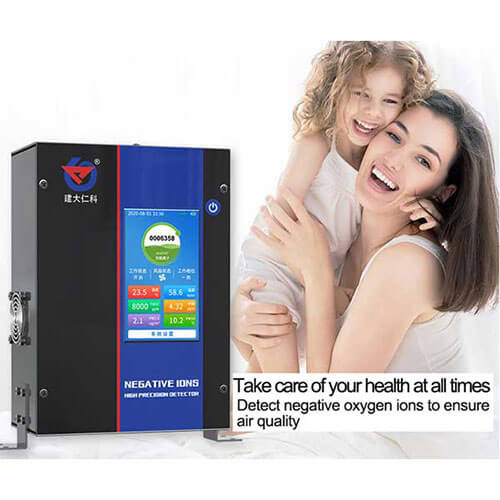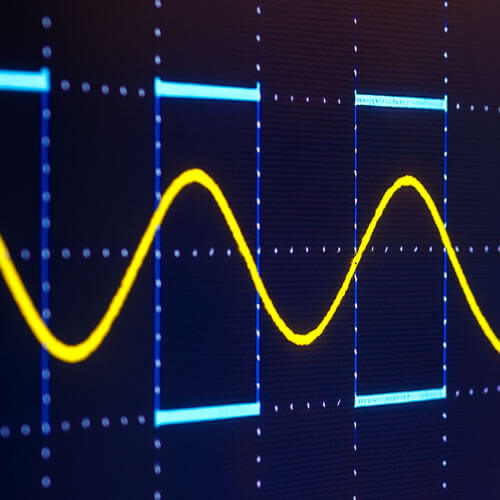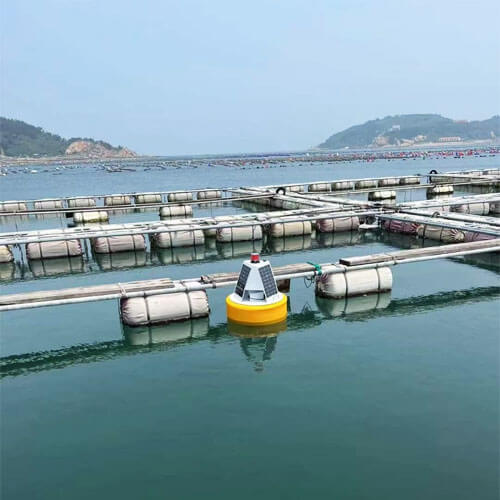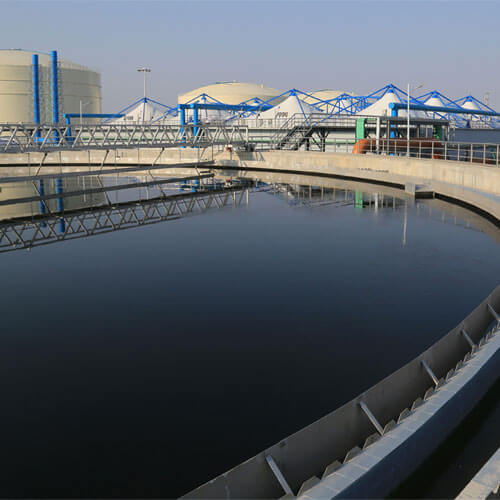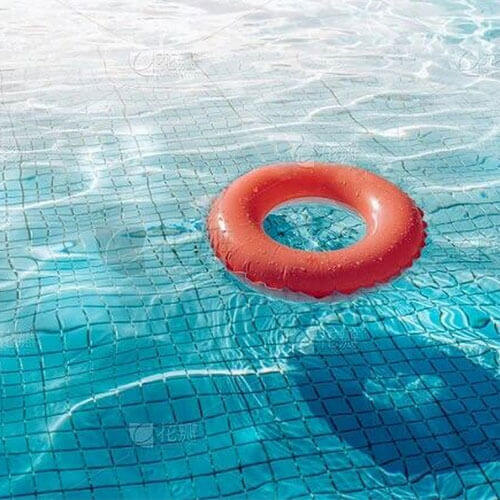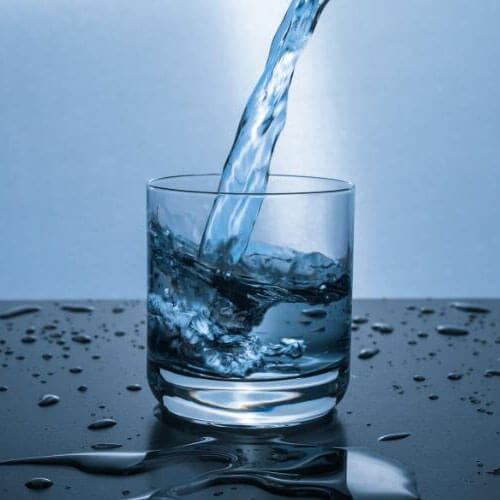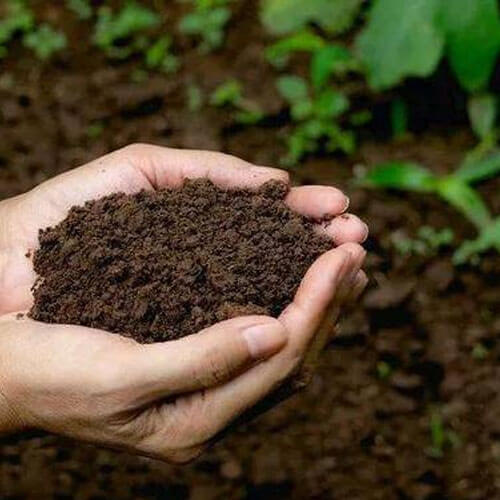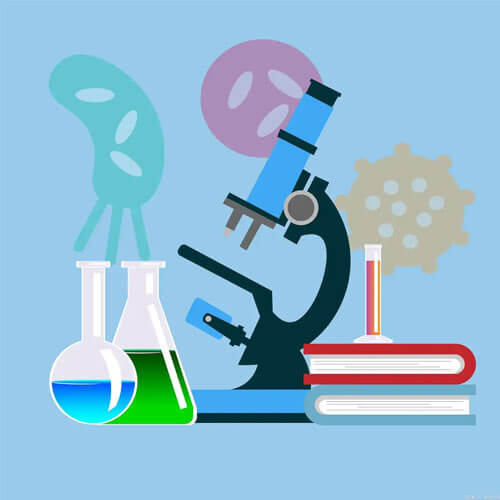Negative ions are essential for both environmental protection and health. Firstly, from an environmental perspective, the concentration of negative oxygen ions in the air is considered one of the indicators of air quality. The World Health Organization has established standards for negative ion concentration in the air. When the concentration of negative oxygen ions in the air is not less than 1000-1500 ions per cubic centimeter, the air is regarded as fresh and clean.
What is negative ions?
Negative ions refer to gas molecules or atoms that carry one or more electrons, typically in a negatively charged state. Negative ion is also known as “Negative air (oxygen) ions,” often abbreviated as “NAI.” These ions are widely present in nature, and forests and wetlands are important places for generating air negative ions. Air negative ion can purify the air and improve the climate. Large quantities of air ions are generated during ionization processes such as ocean waves crashing, lightning, waterfalls, solar radiation, and more.
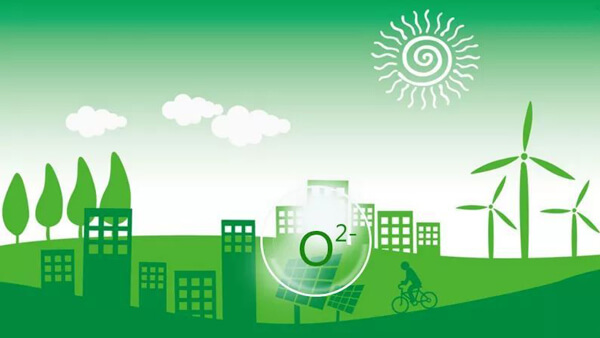
How does a negative ion form?
There are various ways in which negative ions are generated in the air, and here are some of the main methods:
- Natural Environments: Solar radiation can generate a significant amount of ions in the air, especially in high-altitude areas and coastal regions. The concentration of ions is higher in areas with lower air pressure and humidity. Forests, waterfalls, and beaches are places with very high concentrations of negative oxygen ion. Trees release negative ion, and a large number of negative ions are also generated when water droplets break.
- Thunderstorms: Oxygen and nitrogen undergo ionization when they are subjected to high-speed motion or an electric field, resulting in the production of both negative and positive ions. For example, thunderstorms and lightning during electrical storms release a large number of ions into the atmosphere.
- Artificial Ionization: Some household appliances, such as air purifiers and negative ion generators, can produce negative ions to improve indoor air quality.
What is positive ion and negative ion?
Positive ions (also called cations) refer to atoms or molecules that have lost one or more electrons, resulting in the formation of ions with a positive charge. These ions are typically unstable because they seek to regain electrons to achieve electron balance. For example, when a hydrogen molecule loses one electron, it forms a positively charged hydrogen ion (H+).
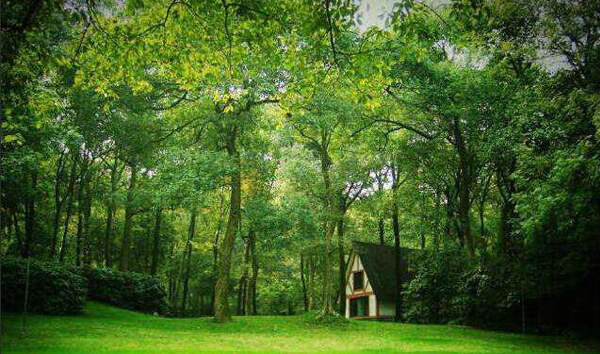
Negative ions (also called anions) are atoms or molecules that have gained one or more additional electrons, resulting in the formation of ions with a negative charge. These positive ions may also be unstable because they tend to release excess electrons to achieve electron balance. For example, when an oxygen molecule gains an additional electron, it forms a negatively charged oxygen ion, typically represented as a negative oxygen ion (O-).
Negative ions and positive ions are two types of charged particles, and their main difference lies in their charge properties:
Charge Properties
Negative Ion: Carries a negative charge, usually represented as “-“. This means that negative ions have gained extra electrons, resulting in a greater number of electrons than protons, and therefore carry a net negative charge.
Positive Ion: Carries a positive charge, usually represented as “+”. This means that positive ions have lost one or more electrons, resulting in fewer electrons than protons, and therefore carry a net positive charge.
Formation
Negative Ion: Negative ion is typically formed by absorbing extra electrons, which can occur during chemical reactions or in certain substances.
Positive Ion: Positive ion is typically formed by losing electrons, which can also occur during chemical reactions or under high-temperature conditions.
Effects of Negative Ions
Air Purification: When it comes to eliminating smoke and dust, both large-sized negative ion and small-sized negative ion can directly remove smoke. The difference lies in the fact that small-sized ions have higher reactivity, so they can eliminate smoke quickly, while large-sized ions have lower reactivity, leading to a slower removal of smoke.
Promoting Health: Negative oxygen ions have high reactivity and strong redox properties. They can disrupt the cell membranes of bacteria or the activity of cytoplasmic enzymes, thus achieving antibacterial and sterilization effects. Research has found that negative oxygen ions can combine with positively charged particles such as bacteria, dust, and smoke, causing them to aggregate into balls that fall to the ground. This helps in killing germs and eliminating odors (such as those from cigarette smoke and harmful gases released from construction materials).

Effects of Positive Ions
In contrast to the effects of negative ions, positive ions can have a negative impact on air quality. Positive ions tend to combine with particles in the air, forming larger particles that increase the residence time of pollutants in the air. This can lead to worsened air pollution and related health issues, such as coughing and respiratory diseases. Positive ions from industrial emissions can also contribute to pollution of vegetation and soil, disrupting ecosystem balance. Additionally, positive ions may interfere with natural processes like animal migration and plant pollination.
Positive ions can also have adverse effects on human health. High concentrations of positive ions in the environment have been associated with issues such as headaches, fatigue, insomnia, and immune system suppression. Prolonged exposure to a positive ion-rich environment may lead to disruptions in bodily functions and negatively impact overall health.
How to increase negative oxygen ions?
To increase the concentration of negative ion, you can consider the following methods:
Natural Environment: Spend time in natural environments such as parks, forests, or beaches. Activities like walking, camping, and hiking in these areas are great choices. You can also place indoor plants like potted flowers or indoor trees in your home or office to increase the concentration of negative ions. Plants release oxygen and generate negative ions through photosynthesis and transpiration.
Use Negative Ion Generators: Some household appliances like air purifiers and negative ion generators can increase the concentration of negative ions in indoor air.
Be Near Flowing Water Sources: Waterfalls, rivers, and seashores are places with higher concentrations of negative ions, so spending time in these areas is a good idea. If possible, choose to live or travel near the coast or places with waterfalls. These areas typically have a high abundance of negative ion, which can provide health benefits from the natural environment.
How to measure negative ions?
Negative Ion Detector
In a laboratory setting, a negative ion detector is used to more accurately measure the quantity of negative ions. These instruments are typically used for research into the properties and behavior of negative ions.

Negative Ion Counter
This is one of the most commonly used methods. A negative ion counter is a specialized instrument designed to capture and count negative ions in the air. When negative ions enter the negative ion counter, they interact with the gas inside the detector, generating a current or charge, which can be used to measure the concentration of negative ions. This method is often used to measure the concentration of negative ions in indoor or outdoor air.
Negative Ion Generator
A negative ion generator is a device that can produce negative ions and release them into the air. This method is typically used for performance testing of air purifiers and negative ion therapy devices.
Negative Ion Concentration Meter
This is a portable instrument that includes a detector and a display screen, allowing for the direct display of the concentration of negative ions. This method is often used to check the levels of negative ions in specific environments such as offices, hospitals, or homes.

